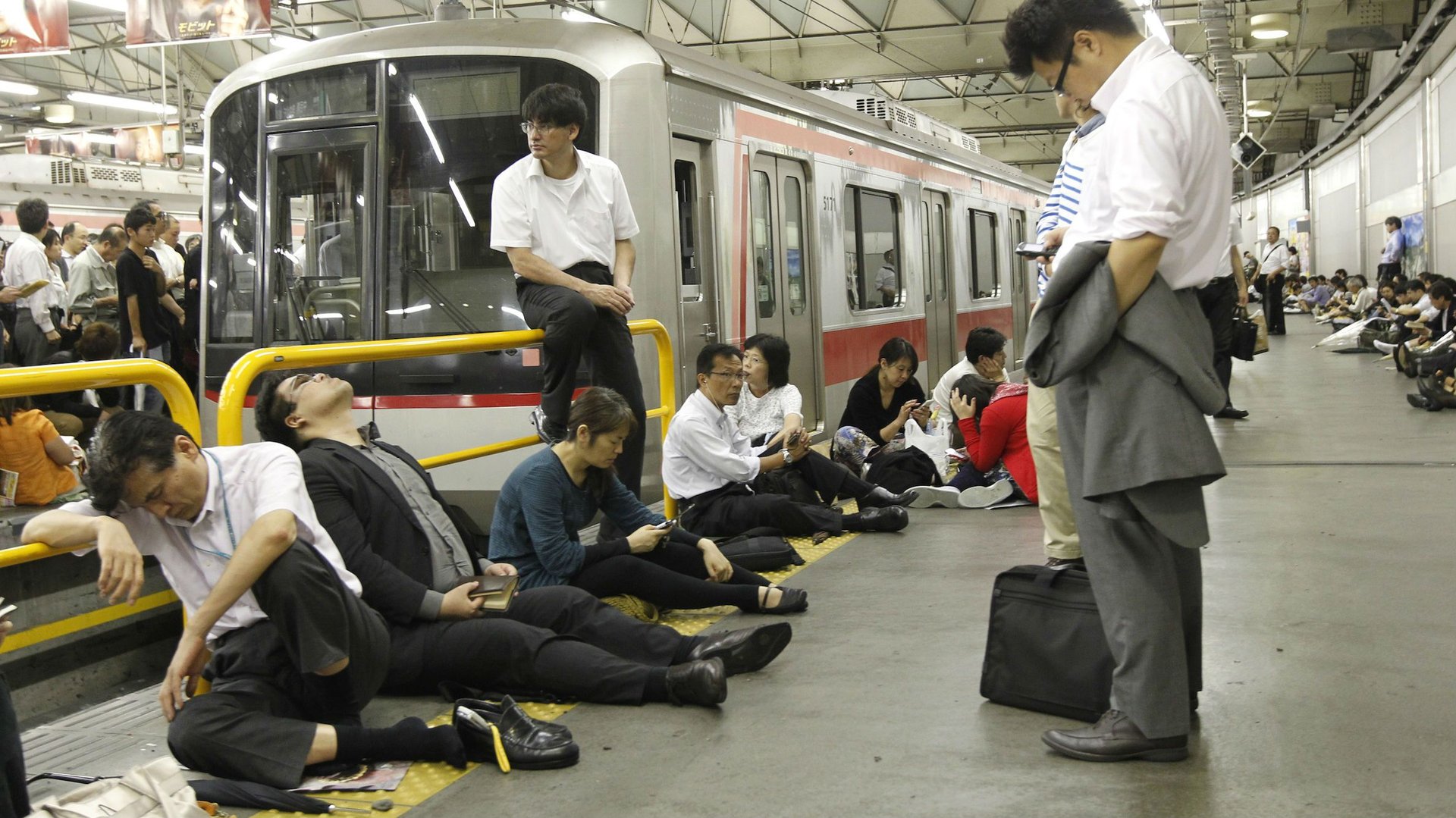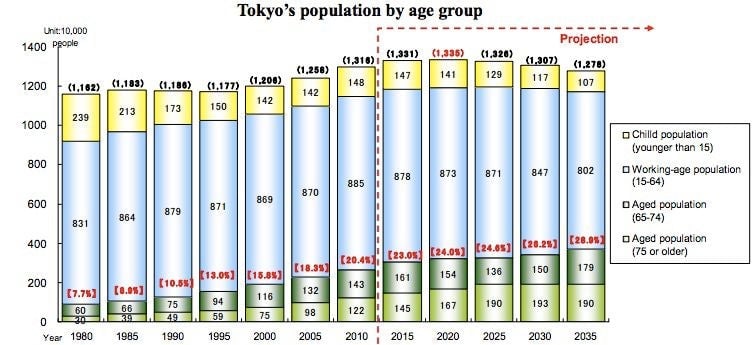Japan wants a $90 billion floating train for commuters who may not exist
A Japanese rail giant wants to build a train that floats inches above the tracks using magnetic levitation, and whisks passengers from Tokyo to Osaka in less than half the current journey time. The proposal for the maglev train by Central Japan Railway, better known as JR Central, is expected to be approved (paywall) by Japanese lawmakers this year and form part of prime minister Shinzo Abe’s campaign to stimulate the Japanese economy.


A Japanese rail giant wants to build a train that floats inches above the tracks using magnetic levitation, and whisks passengers from Tokyo to Osaka in less than half the current journey time. The proposal for the maglev train by Central Japan Railway, better known as JR Central, is expected to be approved (paywall) by Japanese lawmakers this year and form part of prime minister Shinzo Abe’s campaign to stimulate the Japanese economy.
But the problem with the proposed maglev isn’t just its expensive price tag—at $90 billion, it would be one of the most expensive railway projects ever built–but its timing.
The line wouldn’t be fully constructed until 2045, and even the initial phase of the line won’t be done until 2027, when the population of both urban centers will have begun shrinking dramatically, along with the rest of Japan. The population of Osaka prefecture is expected to decrease 5% by 2025. By 2027, Tokyo’s population will have started a sharp descent after peaking in 2020. Demographers say Tokyo’s population could shrink to 7.13 million by 2100 from 13.16 million in 2010, a fall of 46%.

Tokyo’s “daytime population”—a measure of the number of commuters who flow into the city for work—has been falling since the mid-1990s, according to the most recent government data.

Still, if JR is successful getting government support, public funding might help the train get built faster. Traveling at over 500 kilometers (310 miles) an hour, the train would shave off an hour of commute time for those traveling between Osaka and Tokyo. That’s a cause the public could get behind. Already, residents in Osaka and Tokyo over the age of 15 spend an average of five hours a week (pdf, p.581) commuting to school or work.